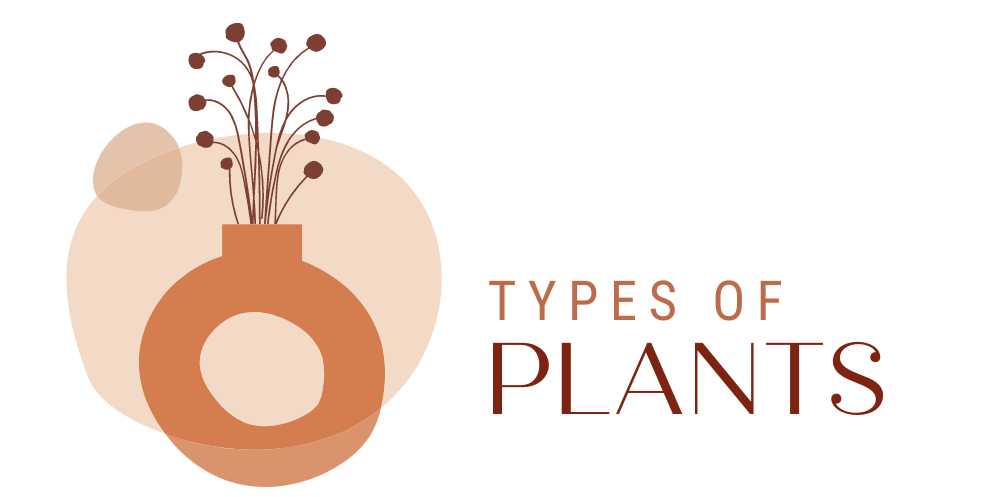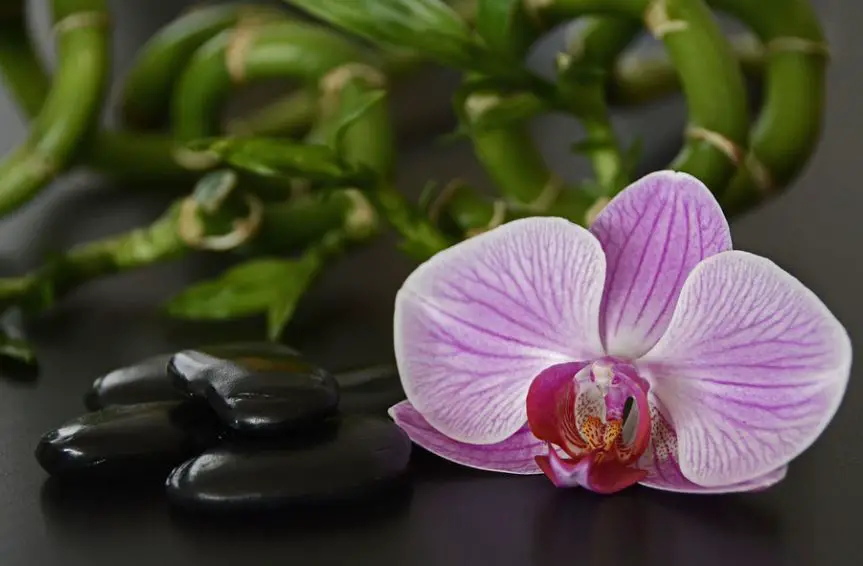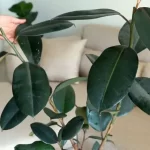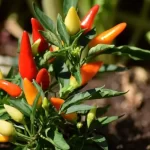Wishing to do something about your indoor decoration, or perhaps is your garden that’s missing something? Then it would help if you opted for a lovely bamboo plant. These pretty plants offer a different structure compared to other plants, but there are many types of bamboo plants that can enhance your home ambiance. Continue reading and learn more about types of bamboo plants.
If you love plants, then a bamboo plant is a must; and if you are determined to improve your indoor or outdoor aesthetic, you can’t go wrong with types of bamboo plants. Whether you’re expanding your collection or simply starting, a bamboo plant is a superb choice. Bamboo is a tall, beautiful, and spectacular plant. In addition to serving as a privacy screen or hedge, this plant also perfectly fits the category of a feature plant.
With so many types, it can be pretty challenging to choose among them. One thing is for sure; you’ll find a bamboo plant that suits every modern style. Discover how bamboo plants can enhance your decor and elevate your plant collection to the next level.
Types of Bamboo Plants
Lucky Bamboo for Feng Shui
A well-known plant for bringing good fortune and one key element in feng shui in Chinese Culture. A good addition as a décor in your home is believed to extract a positive energy into your home or office.
Receiving a bamboo plant as a gift is assumed to bring good luck to the receiver. The Lucky Bamboo house plant is estimated to grow about 2 to 3 feet in height.
A bamboo plant grows fine in a vase filled with pebbles with an inch of water. A drop of liquid fertilizer once a week will motivate its growth. The water of the Bamboo Plant should be changed once every two weeks.
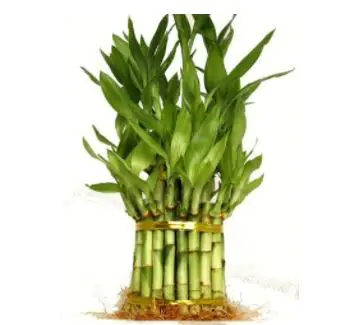
Features:
- Avoid direct sunlight
- Easy care
- Lucky Bamboo
Bambusa Green Hedge Bamboo
Quintessential Bamboo for hedge or screen; trim (if you trim at all) only once per year. Imagine the time-saving nature of this hedge.
It is recommended to space them every 5 feet. In about 4 years you will have a dense privacy hedge. If you need the screening sooner, you may reduce the spacing to as little as 3 feet.
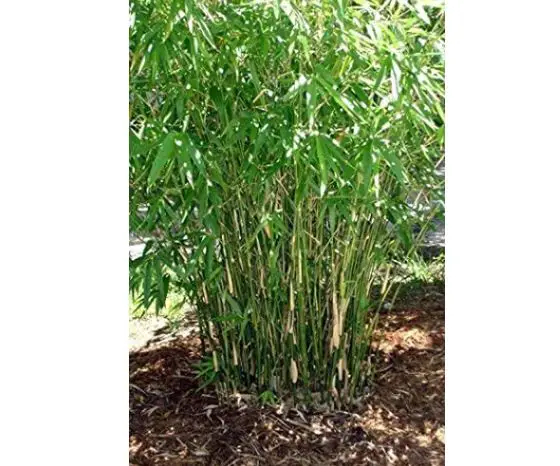
Features:
- Easy, fast grower
- Screen
- Full shade
Golden Goddess Hedge Bamboo Plant
The perfect non-invasive Bamboo for smaller gardens, Golden Goddess, has a well-mannered clumping form that can be easily maintained at under 8 feet tall. A fantastic container or screen plant with a graceful, arching form ideal for an exotic tropical or Asian garden effect.
Bamboo is among the primary signature plants of Asian-inspired gardens. It is also equally at home in tropical island design themes.
The clumping, non-invasive habit of Golden Goddess makes it an easy, low-maintenance choice for homeowners. Appropriately pruned, these plants are spectacular with night lighting trained on their golden canes which cast exotic, striped shadows in the garden.
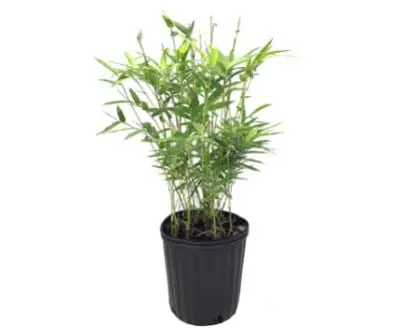
Features:
- Low maintenance
- Non-invasive
- Adaptable
Braided Style Lucky Bamboo Plant
Native to Cameroon in West Africa, this shrub wetland species of plant is known for its stability and tranquility.
These ornamental plants bring fortune and happiness to anyone who keeps them in their home or workplace. The stalks of this lucky bamboo are braided and twist to form a unified thick stem. The landscape can be used as a clump of vertical poles for a columnar element or planted in mass for a fast-growing barrier, screen, or privacy hedge between properties.
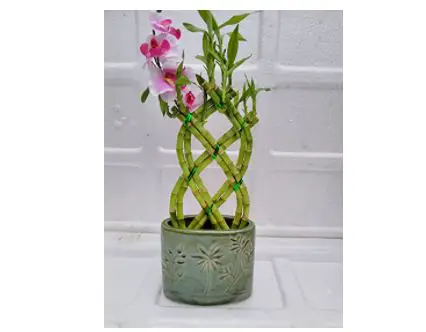
Features:
- Good luck and fortune
- Grows in water like cut flowers
- 10-12″ inch live plant
Live Lucky Bamboo 4-Inch Bundle
With this four-inch straight set of 10 stalks, you can place them all in a planter, split them up and give them out as party favors, or put them in planters and make creative designs and shapes.
In addition to good luck, these bamboo stalks are great décor. Give your home or office some life with these lucky bamboo stalks.
Please put them in your favorite planter and place them on your desk, counter, windowsill, kitchen table, or anywhere you want to display them and emit the fortunes of luck that lucky bamboo offers.
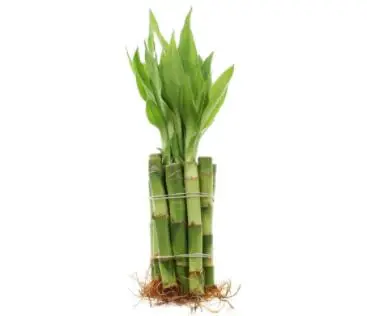
Features:
- Easy to grow
- Versatile
- Top-quality
Where to Grow bamboo Plants?
Plant bamboo at the back of the border to create height, in your lawn to make a focal point, against a fence or wall to create a screen, or as a contemporary hedge. You can also grow bamboo plants in a pot – some compact varieties do well in large pots, while other ‘running bamboos’ are best grown in a container to prevent them from growing out of control.
How to Grow Bamboo Plants?
- Most bamboos thrive in moist, well-drained soil. They can be grown in most soil types, but some do better in acid soil; avoid wet, boggy, or dry conditions.
- Most bamboos prefer the sun, but some species, such as Sasa bamboos, can be grown in shade. Plant your Bamboo in spring to encourage it to develop good roots and canes before becoming dormant in autumn.
- Feed with a balanced fertilizer throughout the growing season and allow some bamboo leaves to accumulate around the base of the plants as they return nutrients, mainly silica, to the roots, helping the plants stay strong and healthy.
How to Care for Bamboo Plants?
- Bamboo plants are hungry and do best when given a regular liquid feed from spring to autumn. Remove dead leaves from around the base of plants, although allowing some to remain as they return the nutrient silica to the plant’s roots.
- It’s essential to carry out regular root inspections, mainly if you’re growing running Bamboo. Dig down around the base of the plant and remove stray root growth with a sharp spade, to keep growth in check.
Common Questions About Types of Bamboo Plants
What are the two types of Bamboo?
Bamboo can be split into two general types: running and clumping.
- Clumping Bamboo grows just as the name suggests; in a big clump of grass that mainly grows up and stays put where you’ve planted it. This is the recommended type if you want a well-behaved bamboo stand in your garden that you don’t have to worry about spreading.
- Running Bamboo, on the other hand, will spread like crazy if not kept in check. It propagates by sending out underground runners, called rhizomes, which send up new shoots elsewhere. These rhizomes can travel more than 100 feet (30 m.)
What should you have in mind before planting a bamboo plant?
- Bamboo is an evergreen grass that has different cold tolerances for different types of Bamboo. The varieties of Bamboo you can plant outdoors will be dictated by the coldest temperature your area reaches in winter.
- Bamboos are available from garden centers and nurseries, as well as specialist nurseries. Bear in mind that you may get more choice if you buy your Bamboo from a specialist nursery.
- Research the height and spread of your Bamboo, whether it’s clumping or running, and if it’s suitable for your size of the garden.
- Ensure the culms have a consistent color. Look at the new growth and make sure the circumference of each new culm is greater than that of the previous year.
What are examples of cold-hardy bamboo types?
- Three running bamboo varieties that are very cold-hardy include: Golden Grove, Black Bamboo, and Kuma bamboo.
- Two cold hardy clumping bamboo plant types are; Chinese Mountain and Umbrella bamboo.
What are examples of warm climate bamboo types?
- Clumping bamboo varieties: Chinese Goddess, Hedge bamboo, Fernleaf, and Silverstripe.
- Running types include Black Bamboo, Red Margin, Golden Golden, and Giant Japanese Timber.
Which Bamboo is best for screening?
Bambusa Textilis Gracilis is the best bamboos for hedges and bamboo screening. Bamboo Gracilis is the most popular garden/fence screening or hedging plant. Bamboo Gracilis is the most popular and best screening or bamboo hedge plant.
How do I know what kind of bamboo plant I have?
Observe the growth pattern of your bamboo plant. If your plant tends to grow in dense clumps, it is a type of clumping Bamboo. If it spreads into its surrounding space, it is a running Bamboo.
What is the most popular type of Bamboo?
One species of Bamboo has a botanical name, Bambusa vulgaris, which translates to “common bamboo,” and it is extremely widespread in southern China and Southeast Asia. In North America, Bambusa oldhamii is probably the most popular variety of Bamboo among gardening enthusiasts.
What is the disadvantage of Bamboo?
Speaking in construction terms, Bamboo shrinks much more significant as compared to other types of materials. If the Bamboo is not sufficiently treated, it may undergo a fungus attack or attacks caused by insects. There may be a problem of swelling and shrinkage of Bamboo in the concrete.
How to propagate bamboo plants?
Divide bamboo clumps in spring, using a sharp spade to separate bits of root from the main rootball. Replant in the ground and water well.
What are some of the most common types of bamboo plants?
Chinese dwarf
A lush and bushy bamboo, Chinese dwarf (Bambusa guangxiensis) is a beautiful compact plant, which makes an excellent small privacy screen, pot plant, or feature in a garden bed. It is naturally bushy right down to the ground, giving the Bamboo a very graceful appearance.
Slender weavers
One of the most popular bamboos, slender weavers (Bambusa textilis var. gracilis), has thin, tall, and straight culms that form an attractive clump. Fast-growing, it’s ideal if you want a privacy screen or hedge.
Timor black
Timor black (Bambusa lako) forms a striking screen of glossy black culms and light green foliage and is an excellent substitute for the running form (Phyllostachys nigra). While better suited to medium or large gardens, it can be managed if kept in contained planter beds or pots.
Dwarf green stripe
(Pleioblastus sp.) is an excellent edging plant. What it lacks in stature, it makes up for in impact – its striped yellow and green leaves making for a lush groundcover. This is just one of the low-growing forms of running Bamboo of this species.
Gold stripe
Proudly wearing its green and gold stripes, Bambusa’ Goldstripe’ is the perfect clumping bamboo if you need a compact, upright screen. It can be grown in very narrow beds of only 40cm wide but ideally prefers to be planted in a bed at least 1m wide.
China gold
An exquisite-looking bamboo, China gold (Bambusa eutuldoides var. viridi vittata) has bright lemon-yellow culms with green striations. The upright culms are heavily branched, making it a great screening bamboo.
Moso bamboo
Moso bamboo (Phyllostachys edulis). Growing up to 60 feet, these bamboos are known to be one of the hardiest and tallest bamboos across the globe. Their culms are incredibly thick, with a width going up to 8 inches.
Black bamboos
Known Olive green upright canes, Black Bamboos (Phyllostachys nigra) are a beautiful addition to any home garden. These bamboos assume a marble brownish hue almost immediately until becoming entirely black over the next couple of years.
Hedge bamboo
Hedges (Phyllostachys glauca)are beautiful evergreens known for their lovely canes, most of which develop from the vibrant bluish-green culms. The canes of hedge bamboos are around two inches in their overall width, and they tend to grow upright. They prefer a warm climate as it promotes rapid growth.
Buddha bamboo
Native to the Chinese regions, the Buddha Bamboo (Bambusa ventricosa) variant is widely popular for its lumpy nodes that are strikingly similar to Buddha’s bulging belly. The Buddha Bamboo primarily serves the function of an ornamental plant and is stored in small containers.
